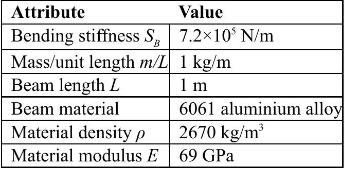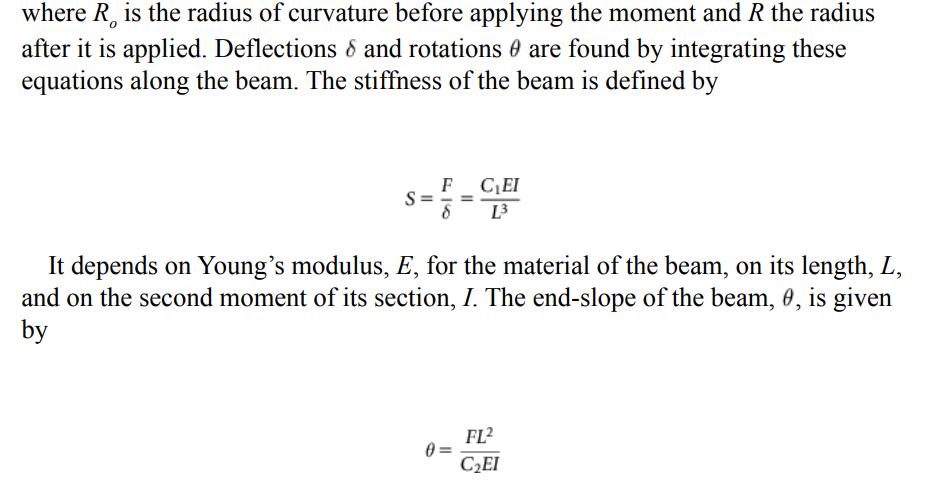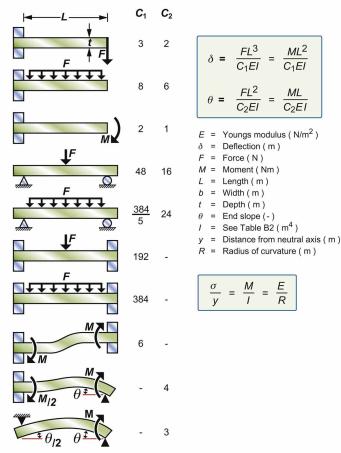The elastic shape factor measures the gain in stiffness by shaping, relative to a solid square section
Question:
The elastic shape factor measures the gain in stiffness by shaping, relative to a solid square section of the same cross-section area and thus mass per unit length. Shape factors can be determined by experiment by measuring the stiffness and mass of a structure and using these to calculate \(\phi_{B}^{e}\) by inverting of the text and solving for \(\phi_{B}^{e}\). Apply this approach to calculate the shape factor \(\phi_{B}^{e}\) from the following experimental data, measured on an aluminium alloy beam loaded in 3-point bending (for which \(C_{1}=48\) - see Appendix B, Section B3) by using the data shown in the table.

Data From Appendix B3
When a beam is loaded by a force F or moments M, the initially straight axis is deformed into a curve. If the beam is uniform in section and properties, long in relation to its depth and nowhere stressed beyond the elastic limit, the deflection , and the angle of rotation, , can be calculated using elastic beam theory. The basic differential equation describing the curvature of the beam at a point x along its length is

where y is the lateral deflection, and M is the bending moment at the point x on the beam. E is Young’s modulus and I is the second moment of area. When M is constant this becomes




Step by Step Answer:






